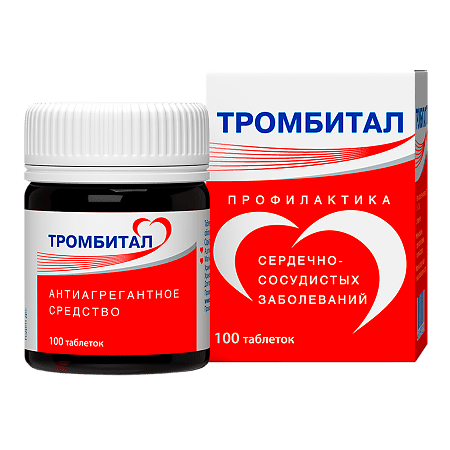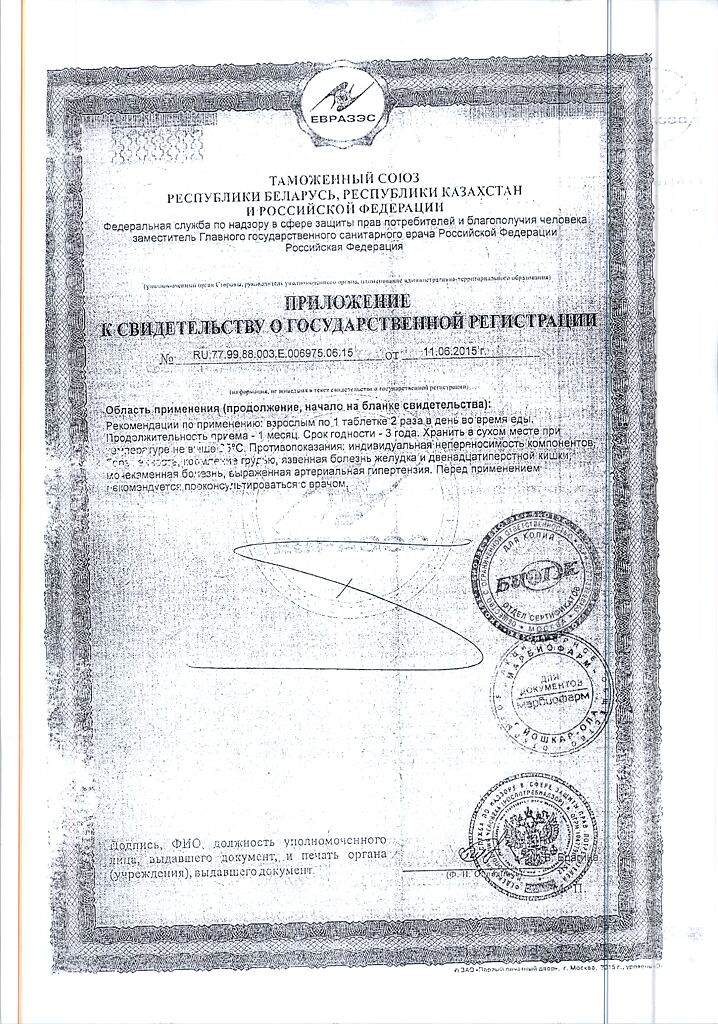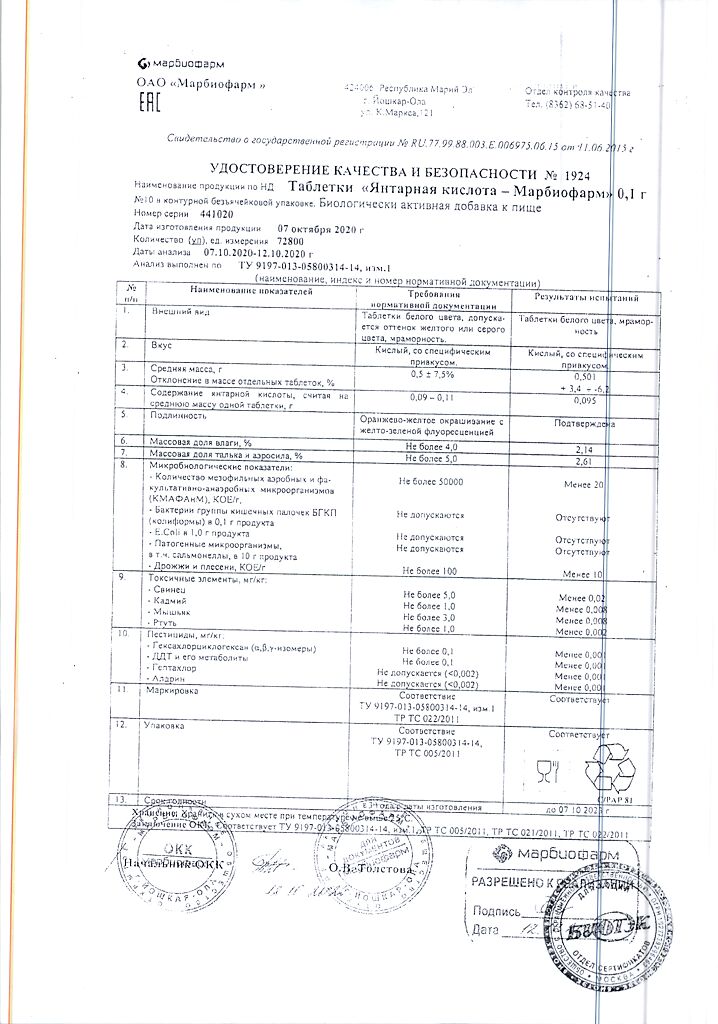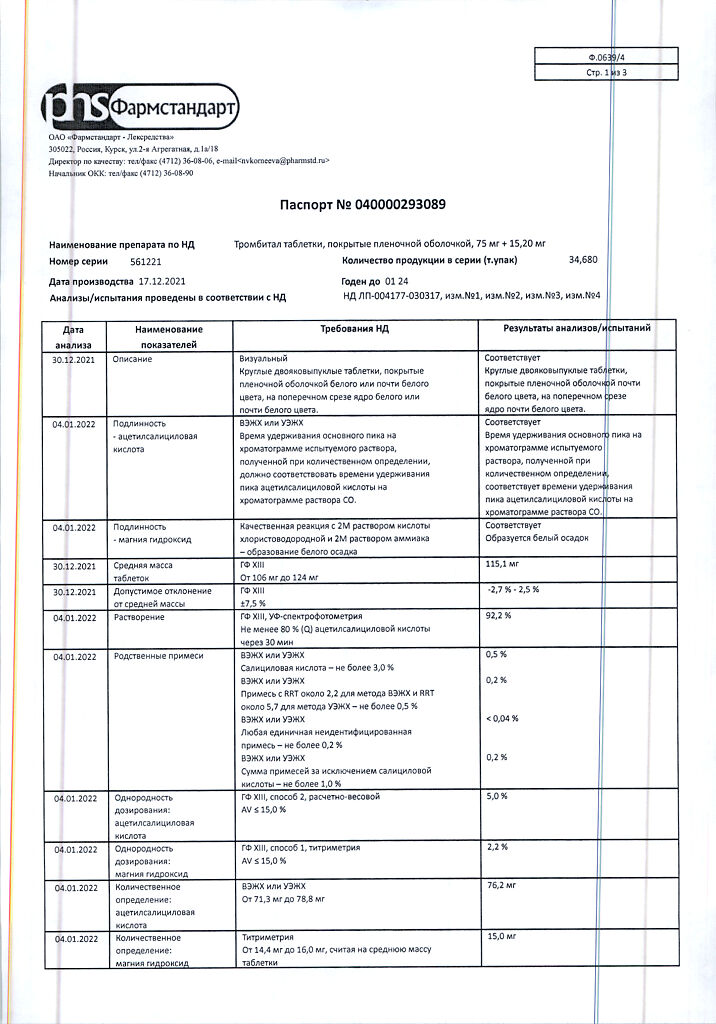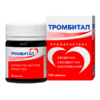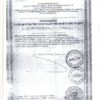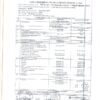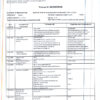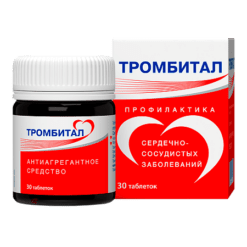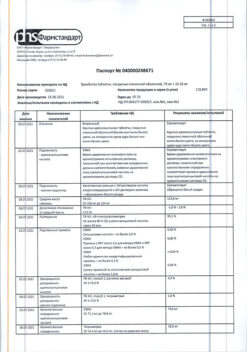No products in the cart.
Thrombital, 75 mg+15, 2 mg 100 pcs
€6.00 €5.42
Description
Pharmacodynamics
It reduces aggregation, platelet adhesion and thrombosis by inhibiting the synthesis of thromboxane A2 in platelets. The antiplatelet effect lasts for 7 days after a single dose (more pronounced in men than in women).
Acetylsalicylic acid reduces lethality and risk of myocardial infarction in unstable angina and is effective in primary prevention of cardiovascular diseases, especially myocardial infarction in men over 40 years old and in secondary prevention of myocardial infarction.
Suppresses prothrombin synthesis in the liver and increases prothrombin time. Increases the fibrinolytic activity of the blood plasma and reduces the concentration of vitamin K-dependent clotting factors (II, VII, IX, X). Increases the risk of hemorrhagic complications during surgical interventions, increases the risk of bleeding during anticoagulant therapy.
Acetylsalicylic acid in high doses also has anti-inflammatory, analgesic and antipyretic effects.
In high doses, acetylsalicylic acid stimulates excretion of uric acid (impairs its reabsorption in the renal tubules).
Blockade of cyclooxygenase-1 in gastric mucosa leads to inhibition of gastroprotective prostaglandins, which may cause mucosal ulceration and subsequent bleeding.
Magnesium hydroxide, which is part of the drug Trombital, protects the gastrointestinal mucosa from the effects of acetylsalicylic acid.
Pharmacokinetics
Acetylsalicylic acid is almost completely absorbed from the gastrointestinal tract. Half-life of acetylsalicylic acid is approximately 15 minutes, because with the participation of enzymes acetylsalicylic acid is quickly hydrolyzed into salicylic acid in the intestine, liver and blood plasma.
The elimination half-life of salicylic acid is about 3 hours, but it may be significantly increased with simultaneous administration of large doses of acetylsalicylic acid (more than 3.0 g) as a result of enzyme system saturation.
The bioavailability of acetylsalicylic acid is 70%, but this value varies considerably because acetylsalicylic acid undergoes presystemic hydrolysis (gastrointestinal mucosa, liver) to salicylic acid by enzymes. The bioavailability of salicylic acid is 80-100%.
The used doses of magnesium hydroxide do not affect the bioavailability of acetylsalicylic acid.
Indications
Indications
Prevention of recurrent myocardial infarction and blood vessel thrombosis.
Prevention of thromboembolism after vascular surgery (aortocoronary bypass surgery, percutaneous transluminal coronary angioplasty).
Unstable angina.
.
Active ingredient
Active ingredient
Composition
Composition
How to take, the dosage
How to take, the dosage
The drug is taken orally, once a day with water. The tablet may be swallowed whole, chewed or crushed.
Primary prevention of cardiovascular diseases such as thrombosis and acute heart failure in the presence of risk factors (e.g., diabetes, hyperlipidemia, arterial hypertension, obesity, smoking, old age): Take 2 tablets of Trombital on the first day, then 1 tablet once a day.
Prevention of recurrent myocardial infarction and thrombosis of blood vessels: 1 to 2 tablets of Trombital once daily.
Prevention of thromboembolism after surgical interventions on the vessels (coronary artery bypass graft, percutaneous transluminal coronary angioplasty): 1-2 tablets of the preparation Trombital once daily.
Unstable angina pectoris: 1-2 tablets of Trombital once daily.
The drug is intended for long-term use. The duration of treatment and the dose of Trombital is determined by the physician.
Trombital should only be used according to the indication, route of administration and dose described in the leaflet.
Interaction
Interaction
Special Instructions
Special Instructions
Features
Features
Contraindications
Contraindications
Side effects
Side effects
Definition of the frequency categories of adverse events: very frequently (with an incidence greater than 1/10), frequently (with an incidence of at least 1/100 but less than 1/10), infrequently (with an incidence of at least 1/1000 but less than 1/100), rarely (with an incidence of at least 1/10000 but less than 1/1000), very rarely (with an incidence less than 1/10000), including individual reports.
Hematopoietic system: very common – increased bleeding (hematoma, nasal bleeding, bleeding gums, bleeding from the urinary tract); rare – anemia; very rare – hypoprothrombinemia, thrombocytopenia, neutropenia, aplastic anemia, eosinophilia, agranulocytosis; frequency unknown – leukopenia.
There have been reports of serious cases of bleeding, which include gastrointestinal bleeding and cerebral hemorrhage (especially in patients with hypertension who have not reached target BP values and/or receiving concomitant therapy with anticoagulants), which in some cases may be life-threatening.
Bleeding may lead to the development of acute or chronic posthemorrhagic/iron deficiency anemia (e.g., due to hidden bleeding) with corresponding clinical and laboratory signs and symptoms (asthenia, pallor, hypoperfusion). There have been reports of cases of hemolysis and hemolytic anemia in patients with severe forms of glucose-6-phosphate dehydrogenase deficiency.
Allergic reactions: common – urticaria, Quincke’s edema; infrequent – anaphylactic reactions, including angioedema; frequency unknown – skin rash, skin itching, rhinitis, nasal mucosal edema, cardio-respiratory distress syndrome, and severe reactions, including anaphylactic shock.
Nervous system disorders: frequently – headache, insomnia; infrequently – dizziness, somnolence; rarely – tinnitus, intracerebral hemorrhage; frequency unknown – hearing loss, which may be a sign of drug overdose (see section “Overdose”).
Respiratory system disorders: often – bronchospasm.
The digestive system: very common – heartburn; common – nausea, vomiting; infrequent – abdominal pain, gastric and duodenal ulcers, including perforative (rare), gastrointestinal bleeding; rare – increased activity of liver enzymes; very rare – stomatitis, esophagitis, upper gastrointestinal erosive lesions, strictures, irritable bowel syndrome, colitis; frequency unknown – loss of appetite, diarrhea.
Urinary system disorders: frequency unknown – renal dysfunction and acute renal failure.
If the side effects listed above are noted or worsen, or any other side effects occur, the patient should inform the physician.
Overdose
Overdose
It can occur after a single large dose or with prolonged use of the drug. If a single dose of acetylsalicylic acid is less than
150 mg/kg, acute poisoning is considered mild, 150-300 mg/kg – moderate severity, and with the use of higher doses – severe.
The symptoms of overdose are mild to moderate in severity:
dizziness, tinnitus, hearing impairment, visual impairment, increased sweating, nausea, vomiting, headache, confusion, tachypnea, hyperventilation, respiratory alkalosis.
Treatment:provocation of vomiting, repeated administration of activated charcoal, forced alkaline diuresis, restoration of water-electrolyte balance and acid-base state.
The symptoms of overdose are from moderate to severe:
– respiratory alkalosis with compensatory metabolic acidosis;
– hyperpyrexia (extremely high body temperature);
– respiratory disorders: hyperventilation, noncardiogenic pulmonary edema, respiratory depression, asphyxia;
– cardiovascular system disorders: cardiac rhythm disorders, decreased blood pressure, depressed cardiac activity, collapse;
– water-electrolyte balance disorders: dehydration, impaired renal function otoliguria up to the development of renal failure, characterized by hypokalemia, hypernatriemia, hyponatremia;
– disorders of glucose metabolism: hyperglycemia, hypoglycemia (especially in children), ketoacidosis;
– tinnitus, deafness;
– gastrointestinal bleeding;
– hematological disorders: From inhibition of platelet aggregation to coagulopathy, prolongation of prothrombin time, hypoprothrombinemia;
– neurological disorders: toxic encephalopathy and depression of central nervous system function (drowsiness, confusion, coma, seizures).
Treatment: immediate hospitalization in specialized departments for emergency therapy – gastric lavage, repeated administration of activated charcoal and laxatives, alkalinization of urine (indicated when salicylate levels exceed 500 mg/l, is provided by intravenous infusion of sodium bicarbonate – 88 mEq in 1 L of 5% glucose solution, at a rate of 10-15 ml/kg/h), restoration of circulating blood volume and induction of diuresis (achieved by the introduction of sodium bicarbonate in the same dose and dilution, repeated 2-3 times); Note that intensive fluid infusion in elderly patients can lead to pulmonary edema.
The use of acetozolamide to alkalize urine is not recommended (may cause acidemia and increase the toxic effects of salicylates).
When alkaline diuresis is performed, pH values between 7.5 and 8 should be achieved. Hemodialysis is indicated when plasma levels of salicylates exceed 1000 mg/l, and in patients with chronic poisoning – 500 mg/l or lower, if indicated (refractory acidosis, progressive deterioration, severe central nervous system damage, pulmonary edema and renal failure).
In cases of pulmonary edema, artificial ventilation with an oxygen-enriched mixture at positive end-expiratory pressure is indicated; hyperventilation and osmotic diuresis are used to treat cerebral edema.
The highest risk of developing chronic intoxication is noted in the elderly when taking more than 100 mg/kg/day for several days. In children and elderly patients the initial signs of salicylation (nausea, vomiting, tinnitus, visual disturbances, dizziness, headache, general malaise) are not always noticeable, so it is advisable to periodically determine the plasma salicylate content.
Pregnancy use
Pregnancy use
Salicylic acid penetrates the placental barrier.
The drug Trombital is contraindicated for use in I and III trimesters of pregnancy, because It has teratogenic action – when administered in the 1st trimester of pregnancy it causes development of cleft palate in a fetus, in the 3rd trimester it causes inhibition of labor activity (suppression of prostaglandins synthesis), premature closure of the fetal arterial duct, pulmonary hyperplasia and hypertension in the small circle of circulation.
The drug may only be taken in the second trimester if the potential benefit to the mother outweighs the risk to the fetus.
Acetylsalicylic acid and its metabolites pass into the breast milk. Breast-feeding should be discontinued during treatment.
Similarities
Similarities
Additional information
| Manufacturer | Pharmstandard-Leksredstva, Russia |
|---|---|
| Medication form | pills |
| Brand | Pharmstandard-Leksredstva |
Other forms…
Related products
Buy Thrombital, 75 mg+15, 2 mg 100 pcs with delivery to USA, UK, Europe and over 120 other countries.

